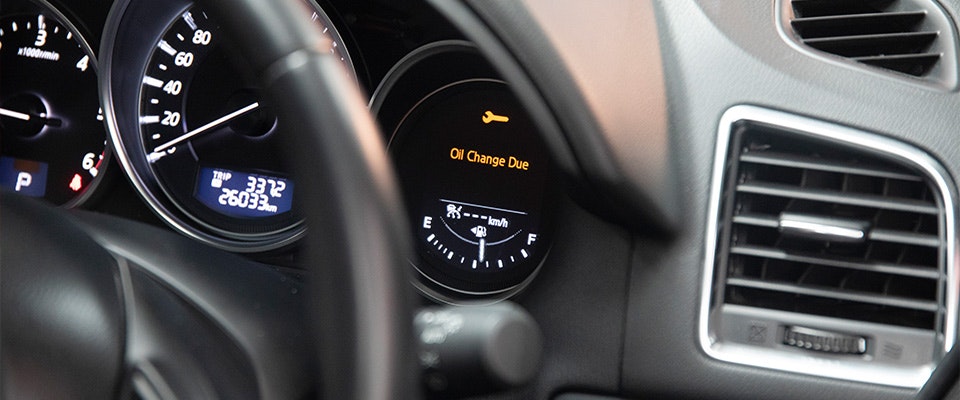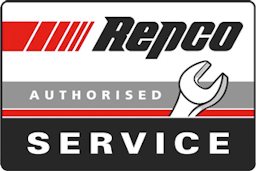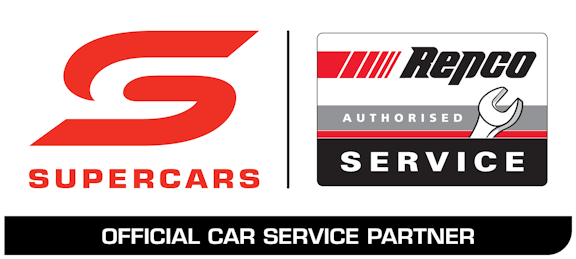
How do I know if I need a wheel alignment done? And other FAQ's
When your tyres are very out of balance you could notice things like your car pulling off to one side, or side to side, your steering wheel might feel ‘off-centre’ or your tyres start wearing down unevenly. Often the decline of your wheel alignment is gradual and so you don’t even notice the changes, but you will certainly notice the sudden improvement once your tyres are properly aligned.

Total Car Care Centre can set you on the right path using our state-of-the-art John Bean Wheel Alignment Machine
You need a wheel alignment when :
Obviously, the best time to get a wheel alignment is when noticeable symptoms of poor alignment are present, but there are also other “best” times:
- When you rotate the tyres
- When you replace one or more tyres
- When you replace standard, steel rims with lightweight alloy rims.
- After any maintenance or repairs on steering or suspension systems - both front and rear.
- When you perform any modification that alters the vehicle ride height or weight distribution.
FAQ
What is a wheel Alignment?
Wheel alignment involves precisely measuring and adjusting the angle of the wheels on your car to ensure that they are parallel to each other and perfectly aligned with the surface of the road. It may sound simple but it is a complex task which requires precision instruments.
Put simply, the term “wheel alignment” refers to how well the wheels on your vehicle are aligned relative to each other, as well as to the centre line of the vehicle. While alignment settings can differ between manufacturers and models, all vehicles are designed to deliver precise steering and braking responses - but only if the wheel alignment angles are correct for that vehicle.
Why do my wheels need to be aligned?
When one wheel is facing even slightly left while the other three are facing straight ahead this creates ‘pulling’ from that wheel. Misalignment results in uneven tyre wear, and can affect your suspension, steering and the safety of your vehicle. Tyres which are badly out of alignment can affect your ability to steer your vehicle – and this can range from a slight ‘pull’ through to the most extreme cases of having trouble controlling your car altogether. Not advisable when you’re cruising in your car down a country road or zipping round city corners, but especially dangerous in emergency situations like if you have to brake hard or swerve to avoid an accident or obstruction in the road.
Why don’t wheels stay aligned?
A lot of things affect the wheel alignment. Rough driving, general wear and tear, bumpy roads, potholes, and speed bumps are just some things that affect your cars wheel alignment.
How do I know if I need a wheel alignment done?
When your tyres are very out of balance you could notice things like your car feels like it's pulling off to one side, or side to side, your steering wheel might just feel ‘off-centre’ to you or you notice your tyres start wearing down unevenly. Often the decline of your wheel alignment is gradual and so you don’t even notice the changes, but you will certainly notice the sudden improvement once your tyres are properly aligned.
When should you get a wheel alignment?
Obviously, the best time to get a wheel alignment is when noticeable symptoms of poor alignment are present, but there are also other “best” times:
• When you rotate the tyres
• When you replace one or more tyres
• When you replace standard, steel rims with lightweight alloy rims.
• After any maintenance or repairs on steering or suspension systems - both front and rear.
• When you perform any modification that alters the vehicle ride height or weight distribution.
Related articles


Suspension and Shock Absorbers - How's your safety triangle?
Your car's safety and roadworthiness is dependent on the “safety triangle,” consisting of the vehicle's ‘stopping, steering and stability' capabilities.
Read more
